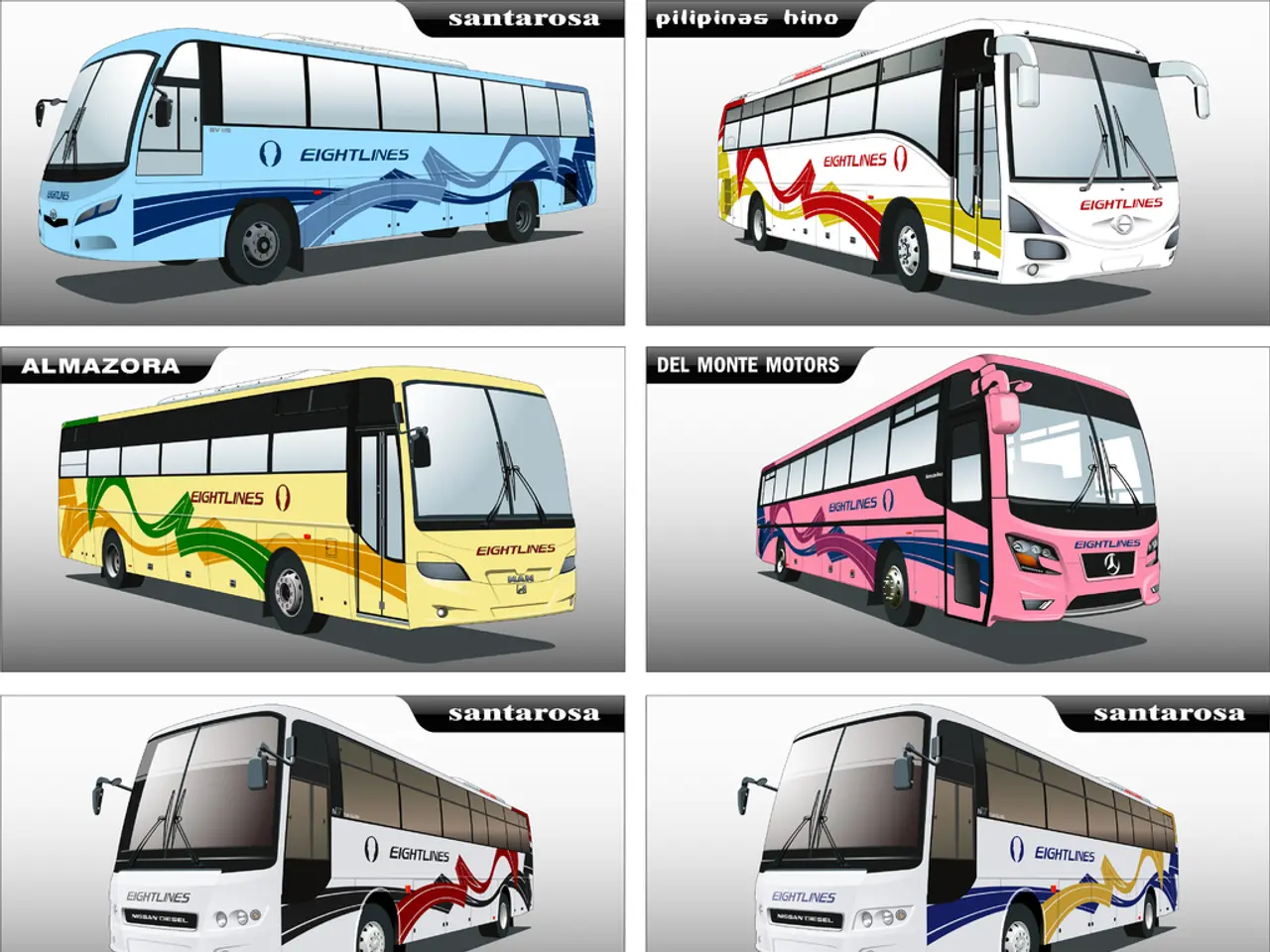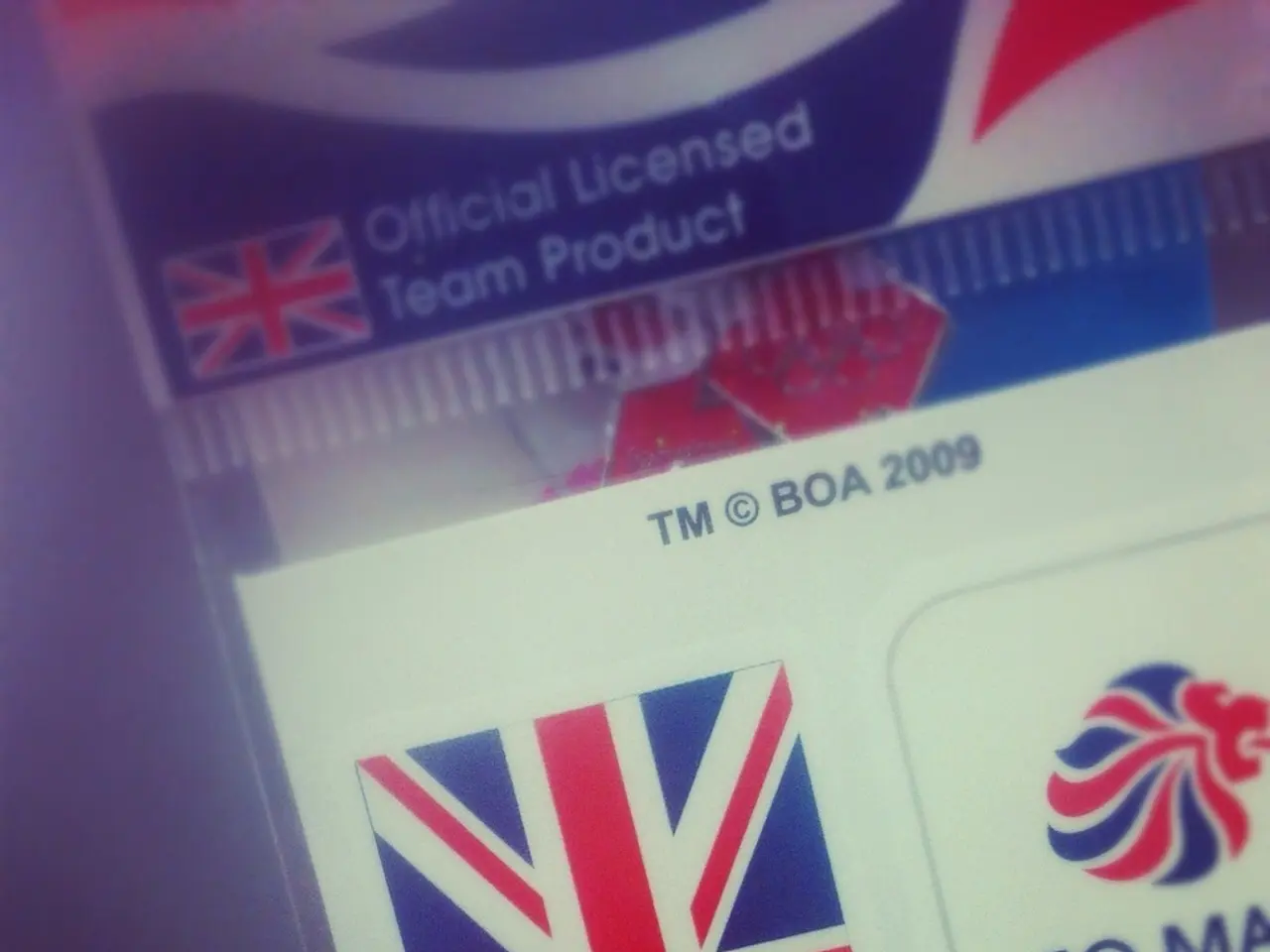Bus system overhauls initiated by WMATA and MTA, focusing on Better Bus Network redesigns
In a significant move to modernize public transportation, the Washington Metropolitan Area Transit Authority (WMATA) and the Metropolitan Transportation Authority (MTA) have launched their respective Better Bus Network redesigns on June 29, 2025. This marks the first comprehensive overhaul of WMATA’s Metrobus system since 1973 and a major effort to improve New York City's bus network across every borough.
WMATA’s Better Bus Network aims to make bus service faster, more reliable, and easier to use across Washington, D.C., Maryland, and Virginia. Key changes include a route and name redesign, consolidation of stops, the introduction of new and reconfigured routes, enhanced schedules and frequencies, improved connections, and community-driven design.
The new naming system, featuring letter prefixes like "A" for Arlington/Alexandria, "P" for Prince George’s County, and "C" for crosstown D.C., simplifies navigation for riders. Hundreds of route names and times have changed, and the system remakes or adds 7,000 new signs to reflect these changes. Approximately 5% fewer stops have been implemented, improving speed by eliminating redundant stops that were often just a few hundred yards apart.
Several new routes have been introduced, such as direct service between National Harbor in Prince George’s County and L’Enfant Plaza, and other tailored connections to key destinations. Existing routes have been streamlined or combined for efficiency, like the new D74 Potomac Park route merging the old H8, 42, and 43 routes.
Enhanced schedules and more frequent service on many routes provide improved reliability and shorter wait times. The network offers better access to schools, workplaces, and other important destinations, including special routes for D.C. students.
In New York City, the MTA Chair and CEO Janno Lieber announced that the Queens Bus Network Redesign includes 11 more bus routes than before, and the agency is spending an additional $35 million annually to give Queens better, faster bus service. This is part of a major effort to modernize the city's bus network across every borough.
Under the redesign, Metrobus routes will feature new, intuitive names such as "C" for crosstown D.C., "P" for Prince George’s County, or "A" for Arlington/Alexandria. Many routes will offer enhanced service, with updated schedules, new destinations, and approximately five percent fewer stops to improve speed and reliability.
Riders can use the agency’s Trip Planner tool or the MetroPulse app to navigate the new bus network. A new tool allows customers to print their own personalized bus timetable. Supplemental signs providing additional resources like WMATA’s website and customer service number are also being installed.
The redesigned networks aim to deliver larger-scale improvements to better meet the demand of current and future bus customers. The redesign also coordinates with regional partners, such as TheBus in Prince George’s County, Md., and Ride On in Montgomery County, Md. Metrobus fares remain unchanged at $2.25.
In Brooklyn, the project team is reviewing feedback from the Brooklyn Bus Network Redesign's Draft Plan to develop the Proposed Final Plan, and Manhattan will be the last of the boroughs to begin its bus network redesign. The MTA begins Phase 1 of Queens Bus Network Redesign, marking the beginning of the most significant transformation of the borough’s bus system in more than half a century.
For riders in Washington, D.C., Maryland, Virginia, and New York City, these bus network redesigns promise faster trips, simplified navigation, more reliable service, better regional connectivity, and community-driven designs, making public transportation more user-friendly, efficient, and ready to serve the region’s future demands. Riders can see which Metrobus routes service their neighborhood and find multilingual resources and detailed route maps for the respective regions on WMATA’s and MTA’s websites.
- As part of the Better Bus Network redesign, WMATA and MTA are implementing technology like new signage, a Trip Planner tool, and a personalized bus timetable printout to improve navigation for public-transit users.
- The Washington Metropolitan Area Transit Authority (WMATA) and the Metropolitan Transportation Authority (MTA) are modernizing their bus systems by introducing new and reconfigured routes, reducing the number of stops, providing enhanced schedules, and improving connections to schools, workplaces, and other destinations.
- The redesigned bus networks aim to integrate with other industries, such as finance and transportation, by coordinating with regional partners and providing more reliable and efficient service, thus positioning public-transit to meet the future demands of the region.




